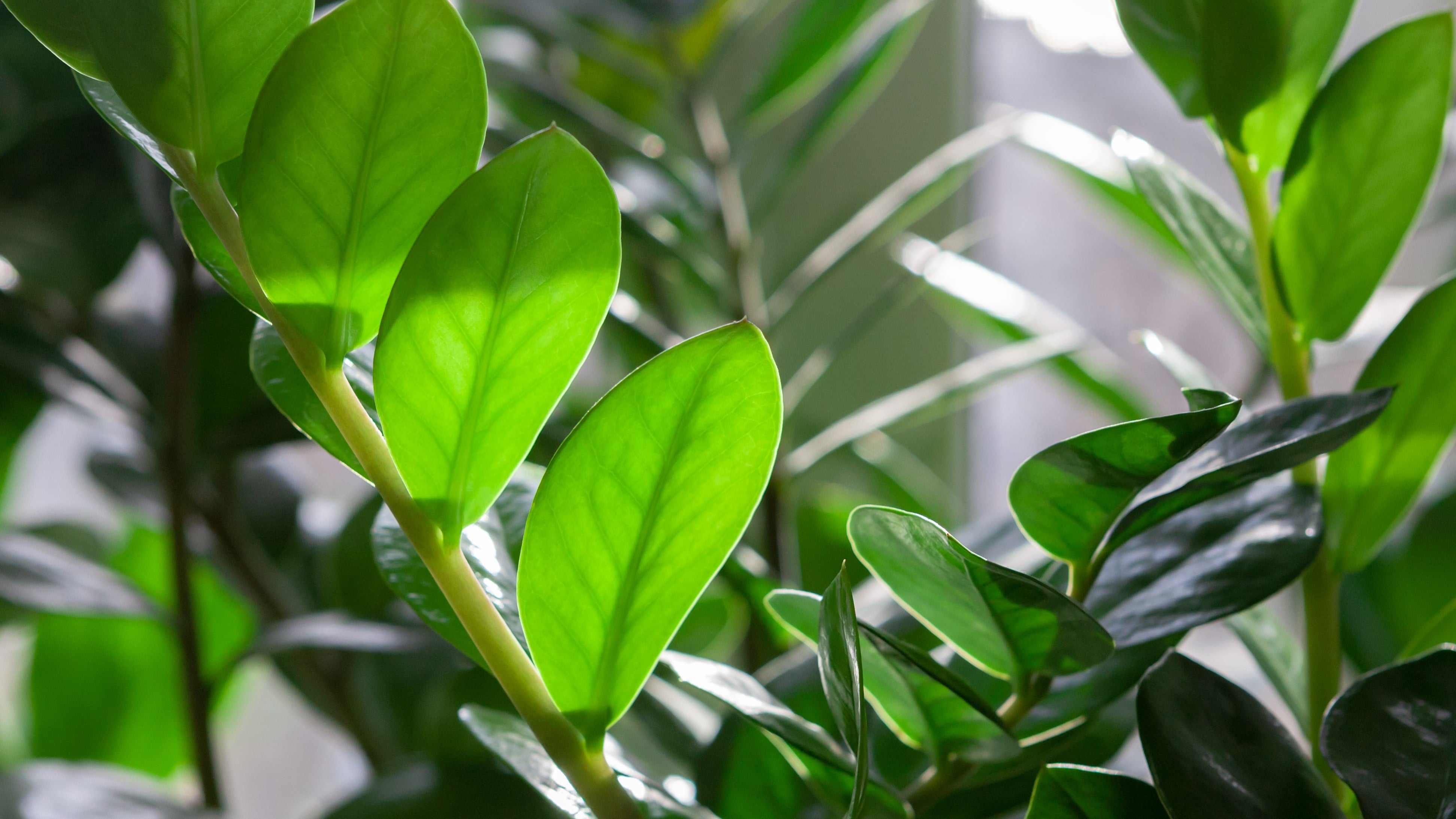
Our Top Houseplants for Beginners
29 Nov, 2021
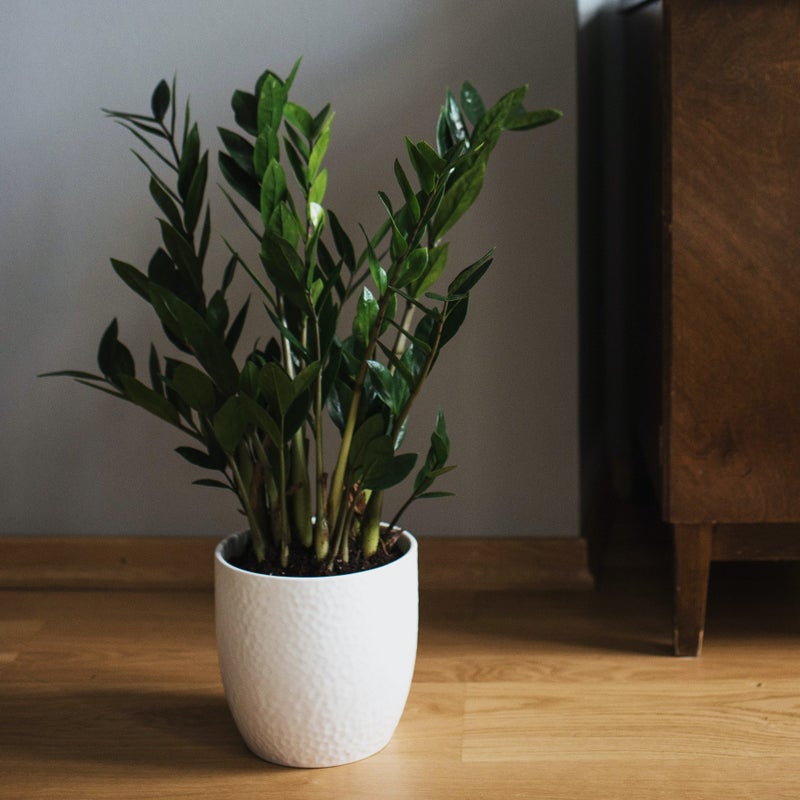
ZZ Plant
Also known as Zamioculcas Zanzibar, the ZZ plant needs little watering each month and can grow in dim to bright natural light. Replant once every two to three years when they get too big for their pot, or split them and give one half to a friend!
Learn More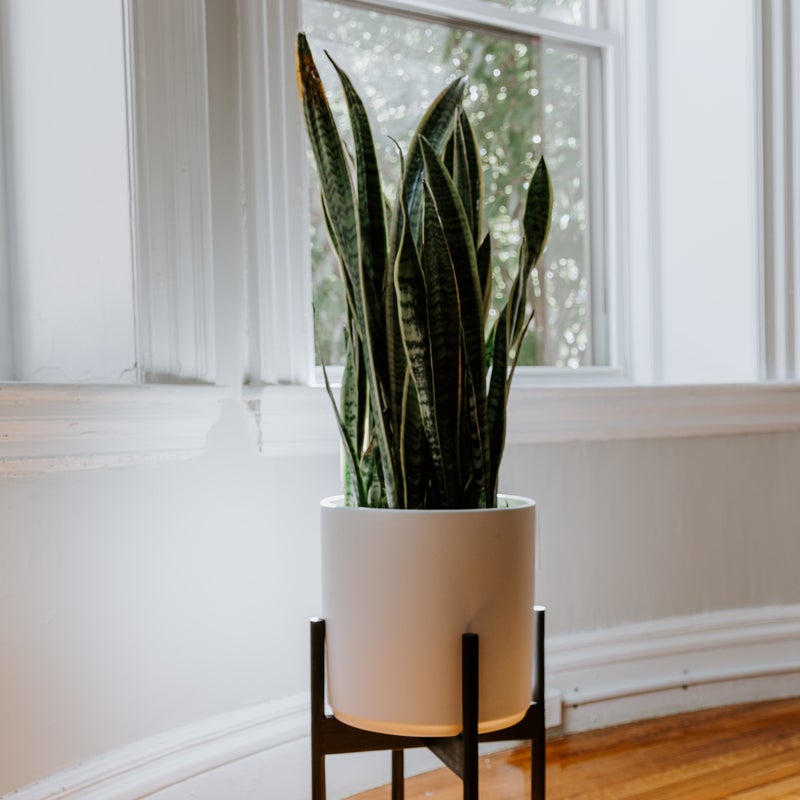
Snake Plant
Also nicknamed the Mother-in-laws-tongue plant, sansevieria are one of the hardiest plants we sell. Needing very little water each month and dim to bright natural sun, this plant can multiply from leaf cuttings and can also be split when it gets too big for its pot. These come in small and large varieties with different patterns and colours.
Learn More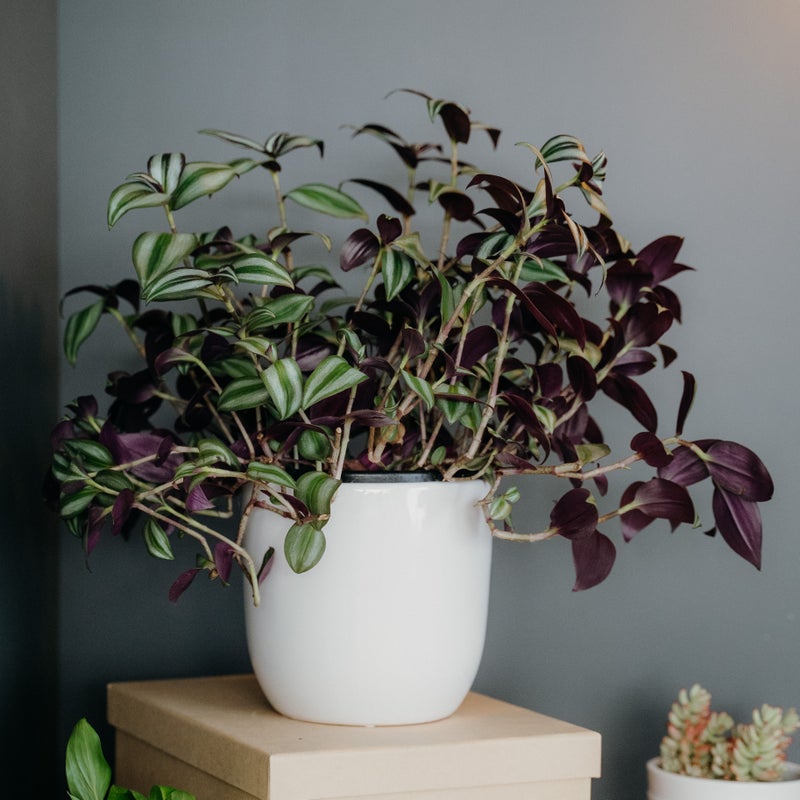
Tradescantia Zebrina
Ornamental varieties of Tradescantia, such as the Zebrina, are a great plant for a beginner. They’re vigorous growers, love bright, indirect light and cascade over pots, making them ideal for shelves or hanging covered planters. Water more regularly over spring and summer, and cut them back to encourage bushier growth.
Learn More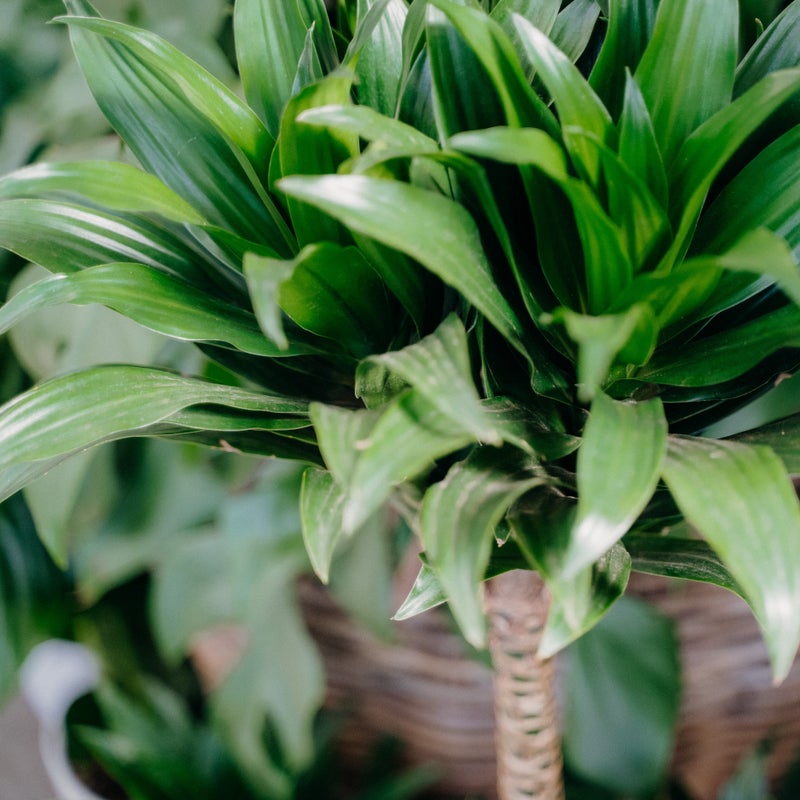
Dracaena
Many varieties available have a lush array of palm-like leaves on top of thin, elegant canes. These plants can withstand low to high natural light – but are best out of direct sunlight. They can withstand less watering than other general houseplants and need little extra maintenance.
Learn More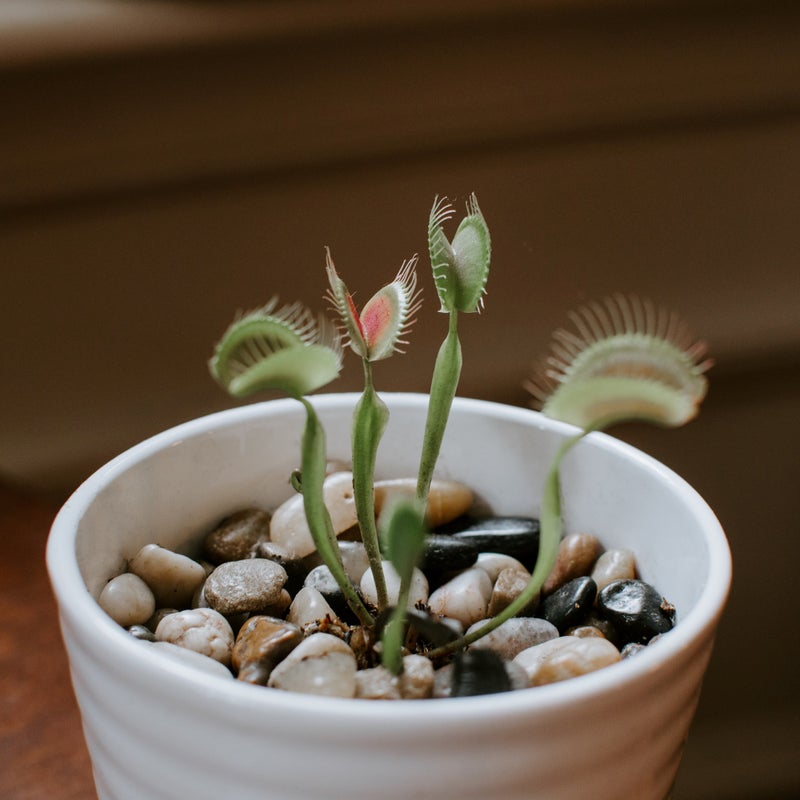
Venus Flytraps
Venus flytraps are pretty easy as they look after themselves most of the time. All they need is to sit in a saucer of water in bright indirect light to full sun, and a supply of insects. They can be grown in a sunny window, or outside in the sun too. They will die down for winter, but will come back in abundance as long as they have been kept damp. Plus, they require no extra feeding!
Learn More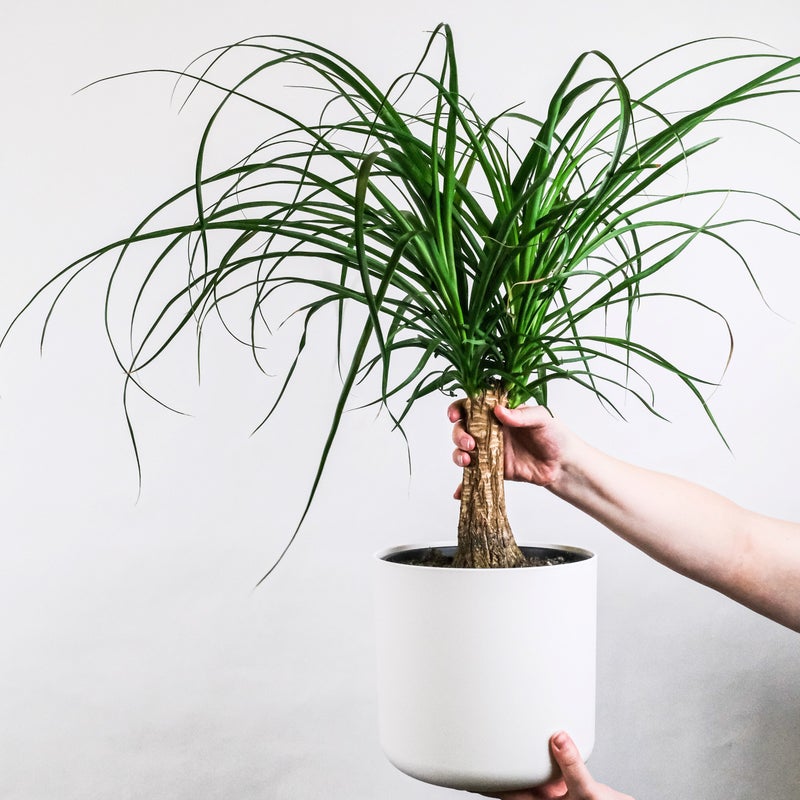
Ponytail Palm
Also known as the ‘elephants foot palm’, the Ponytail is a bit unusual when it usually has a large growth at the bottom of its cane. Ponytails enjoy lots of light and can be grown in full sun and even outside in Auckland in pots or the ground. They can be in dry mix and are drought hardy.
Learn More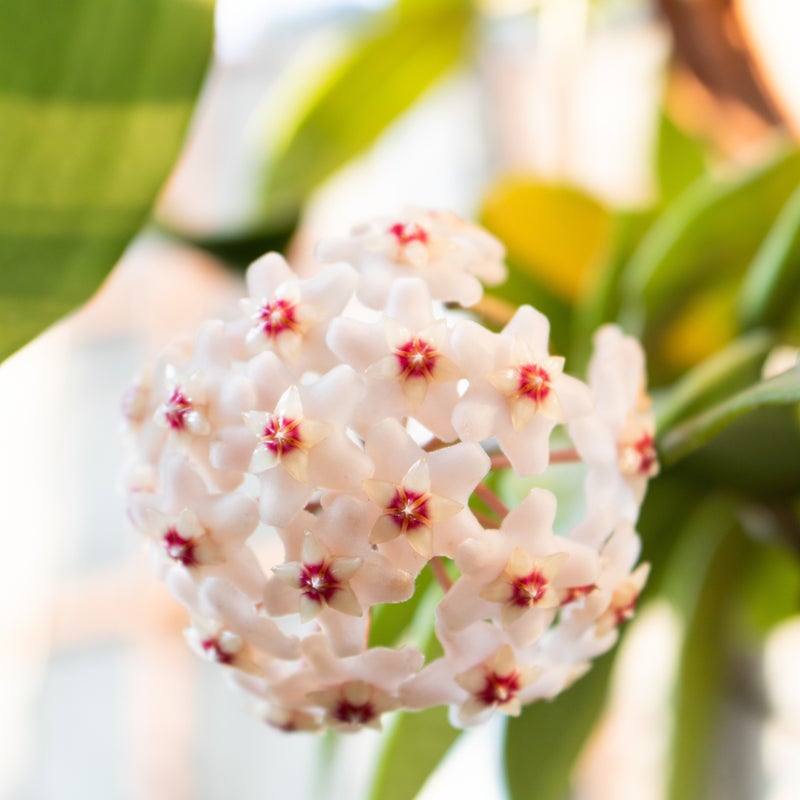
Hoya Carnosa
One of the hardiest hoya plants available, the Hoya Carnosa is a vining plant that does well in warm rooms and outside in hanging pots with sheltered positions. One of the only scented flowering indoor plants, the carnosa is an old favourite that looks lush throughout the year. General watering is less than other houseplants.
Learn More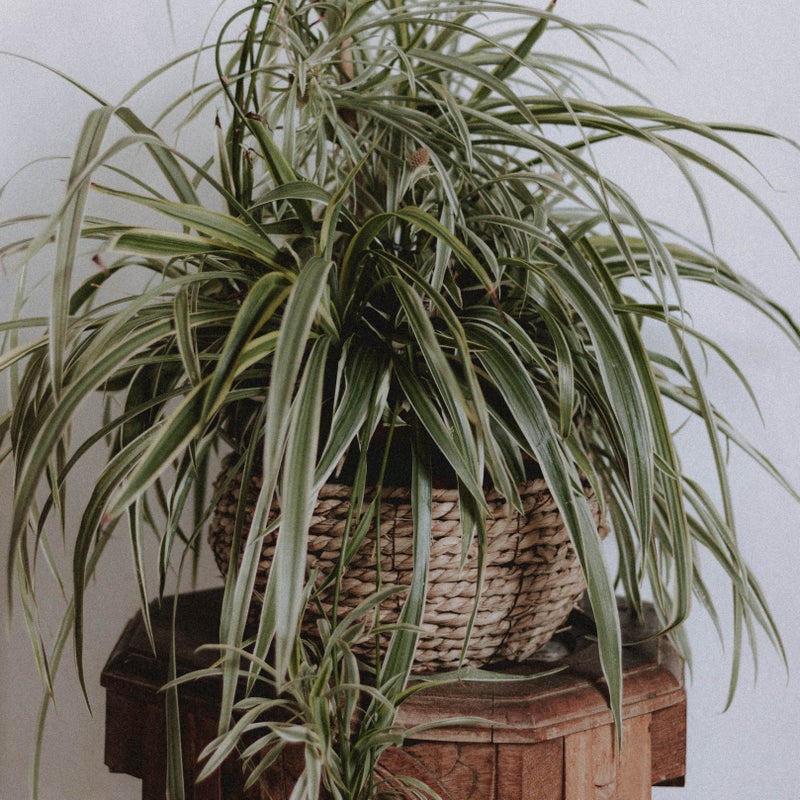
Spider Plant
Named after their spider-like tendrils (or spiderettes) that stick out of the plant, the Spider plant is fairly easy to look after. Water then the soil is dry to the touch and keep in a well-lit area of the house out of direct sunlight. Plus, the small tufts on the stalks are actually babies that can be replanted once they start forming roots!
Learn MoreExtra Tips
Watering
General watering for indoor plants can be easy once you get to know your plant. As a general rule, you can assess how much your plant needs to be watered by sticking your finger into the soil. If your finger is covered in soil when you take it out – the soil still has enough moisture and doesn’t need to be watered even if it looks dry on top. If the soil is dry and hardly anything sticks to your finger, you can water deeply. You will be watering much more in spring and summer and need to slow down in winter as the water stays in the soil for longer.
Repotting
Try avoid repotting your plants in autumn and winter, as there is little to no new growth happening within this time, meaning your plants will take much longer to re-establish themselves. A general rule is to repot your indoor plants once every two to three years. Either repot into a slightly larger pot or refresh the soil by at least half if your plant doesn’t need a larger container.
Feeding
Feed in spring and summer. Anything newly potted will need at least a couple of weeks to settle in before fertilising can start. Liquid fertiliser is faster acting as it is easier for the plant to absorb the nutrients, however, you will need to liquid feed between three to six weeks in early spring to mid-autumn. Slow-release fertiliser only needs to be applied around twice a year, it is slowing acting, but this is best for those who don’t have the time to liquid feed.